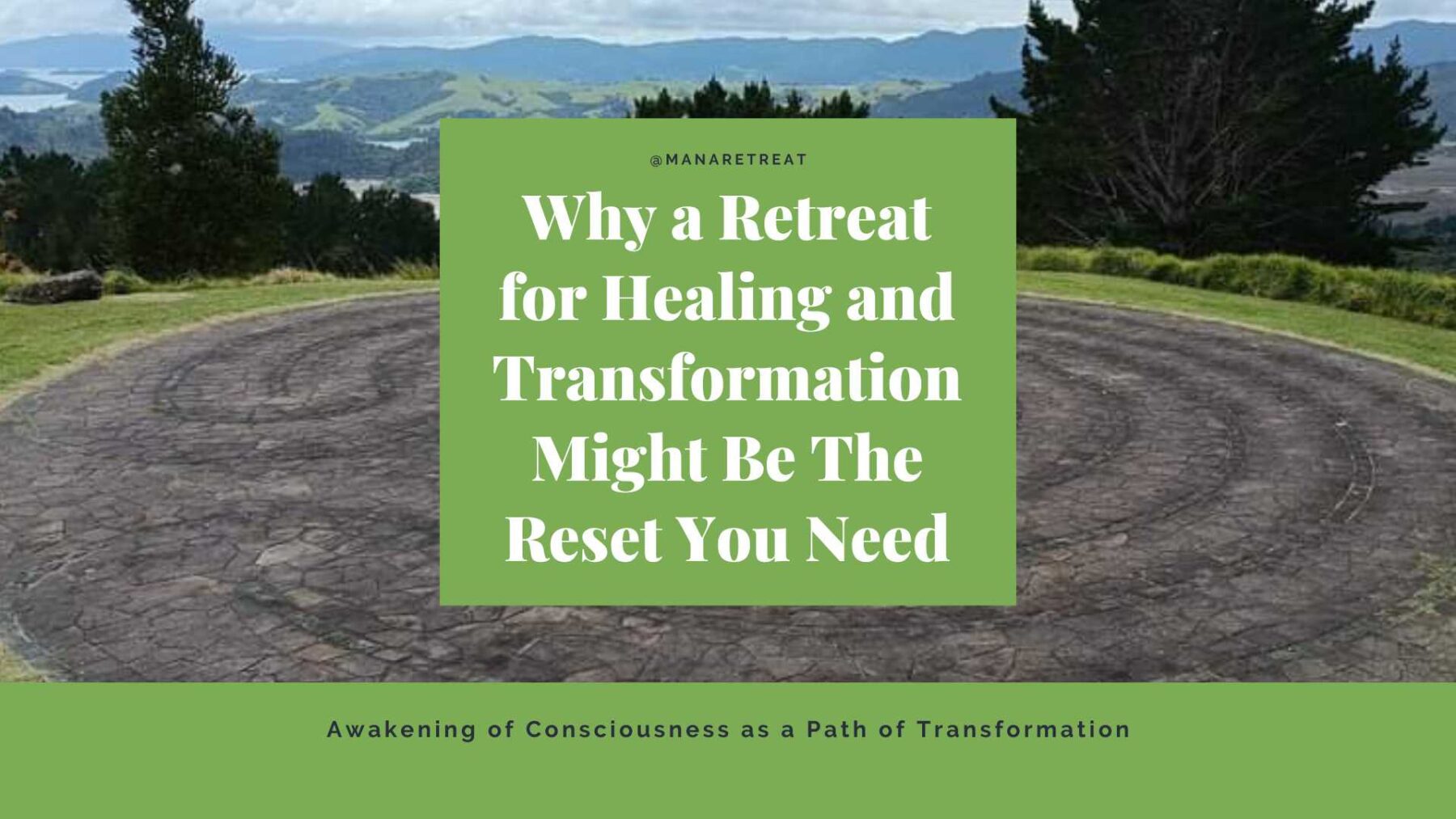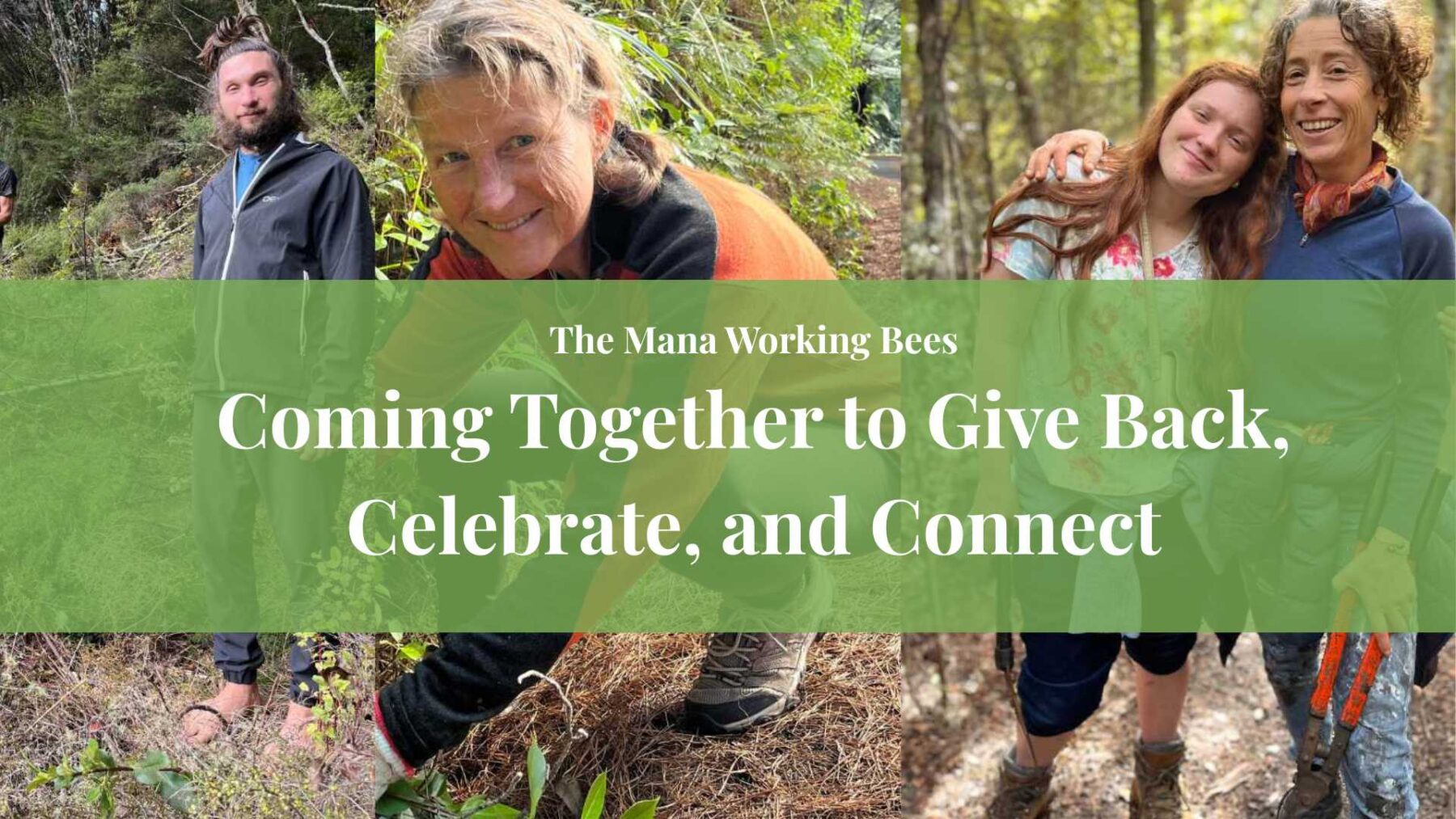Finding ease when life is less than easy
One of the happiest moments is when you find the courage to let go of what you can’t change.
Unknown

The following words were sourced from Uplift Connect and written by Benjamin Fishel.
Over the last few years, I’ve had to deal with a frustrating problem.
It’s something that’s not uncommon, but it can be debilitating, and it has affected me every day. Some days have been incredibly tough, and they’ve tested my tolerance and my patience.
The problem is chronic back pain.
Every day I get up, knowing that throughout the day I’m going to have a discomfort that could oscillate between a mild annoyance and an intense burning. At some point, it’s going to distract me. Either while I work, while I eat, while I meditate, while I exercise, and sometimes while I sleep.
You’d think by now I would’ve gotten used to it, that it would have become the unwelcome friend that I’d learned to live with. Unfortunately, that’s only the case sometimes.
But I am (slowly but surely) learning firsthand the value of something incredibly profound that the meditation teacher Shinzen Young once said:
Suffering = Pain x Resistance.
Shinzen Young

When it comes to the suffering we experience when dealing with physical pain, it’s not always easy to know exactly what is pain and what is resistance to that pain.
The link between pain and resistance
In my own situation, every now and then, when the pain is very uncomfortable, I’ll start to ruminate. My mind will begin to make up stories about how severe the pain is, how much worse it’s going to get, what I could have done to prevent it, and anything else to resist the experience.
But there are certain things you can’t know and certain things you can’t change. I’m doing the best I can to try and prevent the pain—I’ve seen a number of specialists, all with varying opinions.
My focus now is, how can I reduce the resistance and alleviate the suffering?
This is broadly related to another important existential issue and something that I want to explore with you in a little bit of detail.
We all have to deal with situations we have no control over; illness, death, and loss are inevitable. I’m going to share with you how I’ve faced this, in the context of my back pain. It’s highly likely that you’re going through something comparable in your life right now. It might be something less obvious, like a part of your job that you’re not entirely comfortable with, or it may be a lot more serious, like the terminal illness of someone you love.
Either way, we’re facing the same question: How can I be less anxious about the things I can’t change?

How to manage anxiety
Here are four things I’ve done to manage anxiety over things I cannot change.
Keep track of the stories my mind is telling me about any situation
One thing that you realise by paying attention to your pain is that the mind is a master storyteller. The natural response to any uncomfortable situation is to create a mental novella equipped with a list of assumptions, a worldview, and a timeline about the past and future.Your job, however, is to tease out fact from fiction. If I have pain when I’m working, my mind might starts to tell me the story of how I’m going to be late on the project I’m working on, or that I’ll never figure out how to overcome the pain, or any number of things that one–either aren’t true or knowable and two, aren’t the least bit relevant to the situation at hand.
If you write down a list of the ideas you have about the thing you can’t change, you’ll start to see recurring themes and you can see the movie that’s playing in your mind without getting absorbed in it.
Meditate on the pain and resistance and figure out which is which
Remember the Shinzen Young quote I shared earlier: “Suffering = Pain x Resistance.” Well, understanding when resistance to the situation is making up the bulk of your suffering is an incredibly useful skill to learn.You can do this in meditation by inquiring into your thoughts and feelings. I may ask myself: “If I could accept this pain completely, just for a few moments, what would the pain feel like?”
If the pain decreases significantly, it is clear that the experience was dominated by resistance. If, however, there is little change, then it’s the physical pain itself that is the problem. More often than not I’ve found that resistance is worse than the pain itself!

3. Highlight the positive aspects of the thing I can’t change
This is pretty much good old-fashioned reframing. Focus your attention on what’s positive about the thing you can’t change, and very importantly, celebrate the little wins.
For example, I try to tell myself: “My back hurts today, but at least it’s not stopping me from going to the gym.” And if I have a day where the pain is less serious than other days, I’ll make a mental note of it, and try to express it in some form, i.e.: “My day was good. I got a lot of work done and it was relatively pain-free.”
4. Practice the art of letting go
This practice is something that comes hand-in-hand with noticing resistance. We don’t often think of letting go as a skill, but it is. In the same way that we can become adept at holding onto something, we can also learn how to do the opposite.
There are two aspects of letting go that you can practice. Firstly, the depth of letting go; that is, how completely can you consciously let go of something that is bothering you.
If I have a pain in my back and I exhale deeply, telling myself it’s okay, but five seconds later I’m thinking about how frustrated I am about the pain—well, I have a lot of practice to do.
The second aspect is how appropriately you can do so in the moment, i.e.: how good your timing is.
For example, if you spend all day worrying, but then you get home and right before falling asleep you let go, then your timing needs some work. If, however, you catch your mind telling you a story in the moment, and you can objectively see that it’s just a story, you’re on the right track! Meditation is one way to help you see things as they come up in real time.
Learning to become less anxious about things you can’t change is an incredibly valuable, life-long skill. It’s unfortunate that, typically, we have to come to learn this through real challenges and discomfort, but making the best of tough times is one of the beautiful things about being human!
WORDS BY: Benjamin Fishel
SOURCE: Uplift Connect






